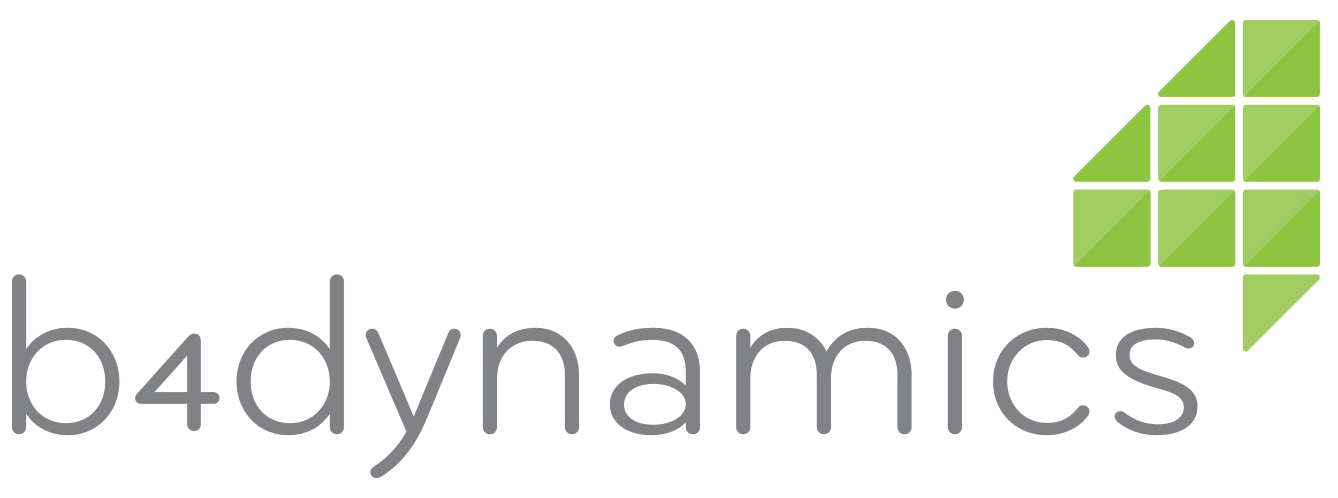
“The project was carried out among medium-sized companies fairly and
on an equal footing.”
Martin Drude, IT-Manager atTruetzschler GmbH & Co KG
Company profile
With more than 3,000 employees worldwide, the Truetzschler Group is one of the leading textile machine manufacturers. The company specializes in machinery, equipment, and accessories for spinning, non-woven and man-made fiber industries. The 120-year-old headquarter of the company is in Mönchengladbach, Germany.
German based subsidiaries Trützschler Nonwovens, Man-Made Fiber GmbH, and Trützschler Card Clothing GmbH.
Locations in India, China, Brazil, Switzerland, and the USA as well as several service locations in the important textile processing regions ensure customer proximity.
Reference report
b4dynamics began with the GAP / FIT analysis for the Mönchengladbach location in October 2007. In July 2008, the implementation of Microsoft Dynamics AX 2009 started, and the project was divided into 3 phases:
- financial accounting
- transfer of master data
- production | warehouse | logistics | sales | purchasing
“The task was to connect 300 users at two German locations and 60 users in China to the new ERP system. The project was implemented according to the Sure Step implementation methodology. The separate project in China started in August 2013 and the Go-Live was in August 2014.“
Martin Drude, IT Manager Truetzschler GmbH & Co. KG
Except for time attendance and shop floor data collection, the complete scope of Dynamics AX services was introduced at all locations. For the HR functions, a third-party solution continued to be used even after the introduction of Dynamics AX. The major challenges for b4dynamics were the initial performance problems that could only be eliminated with Microsoft’s support. The hardware compatibility was adapted to the requirements by a specific hardware sizing, which was essentially supported by the know-how development of Truetzschler.
A big step was the change from the previous individual software to the standard Dynamics AX software. The ERP system had to demonstrate release capability. Due to the many necessary adjustments and the structural change, however, this is only the case to a very limited extent. Further challenges were to transfer the 13-step bill of materials into the new ERP system, to automate the warehouse processes as far as possible, and to ensure the product configuration of complex machines from quotations to orders.
Following the product configuration, the automatic generation of production bills of materials and assembly routings are carried out by the structure generator.
The growing bill of material requires timely scheduling (customer order-neutral pre-production) and is realized with the standard generator. The automatically generated assembly routes, scheduling, processing, and final assembly of the “made to order” customer orders. The process-related confirmation of production orders, which simultaneously includes completion notification and time booking, was implemented with automatic online processing, through automating all subsequent processes up to internal activity allocation.
The IT management required the ERP system to replace the host solution which was developed over many years and was perfectly tailored to Truetzschler. Even with Dynamics AX, the users did not want to do without the familiar comfort, which led to extensive adaptations, but a strict orientation to standard and the implementation of add-ons was used whenever possible.
The same application was supposed to be used worldwide, but the real processes at various Truetzschler sites were not identical, it was necessary to be able to switch off automated processes on a company code basis. The processes for spinning and wire production had to be mapped with the same process model, identical functions, and data structures.
The introduction of Microsoft Dynamics AX resulted in a better understanding of the processes, and the lower error tolerance of AX compared to the host solution gradually led to improved data quality. The standard generator (order-neutral prefabrication) and the structure generator (automatic production parts list) led to reduced lead times and stock levels.
There were “ups and downs” during the project. The direct contact with b4dynamics’ management was very much appreciated. It was very positive that Truetzschler could talk about problems in a very open and goal-oriented way. The excellent cooperation with b4dynamics’ project management and the entire project team was fair and very committed over the duration of the project.


